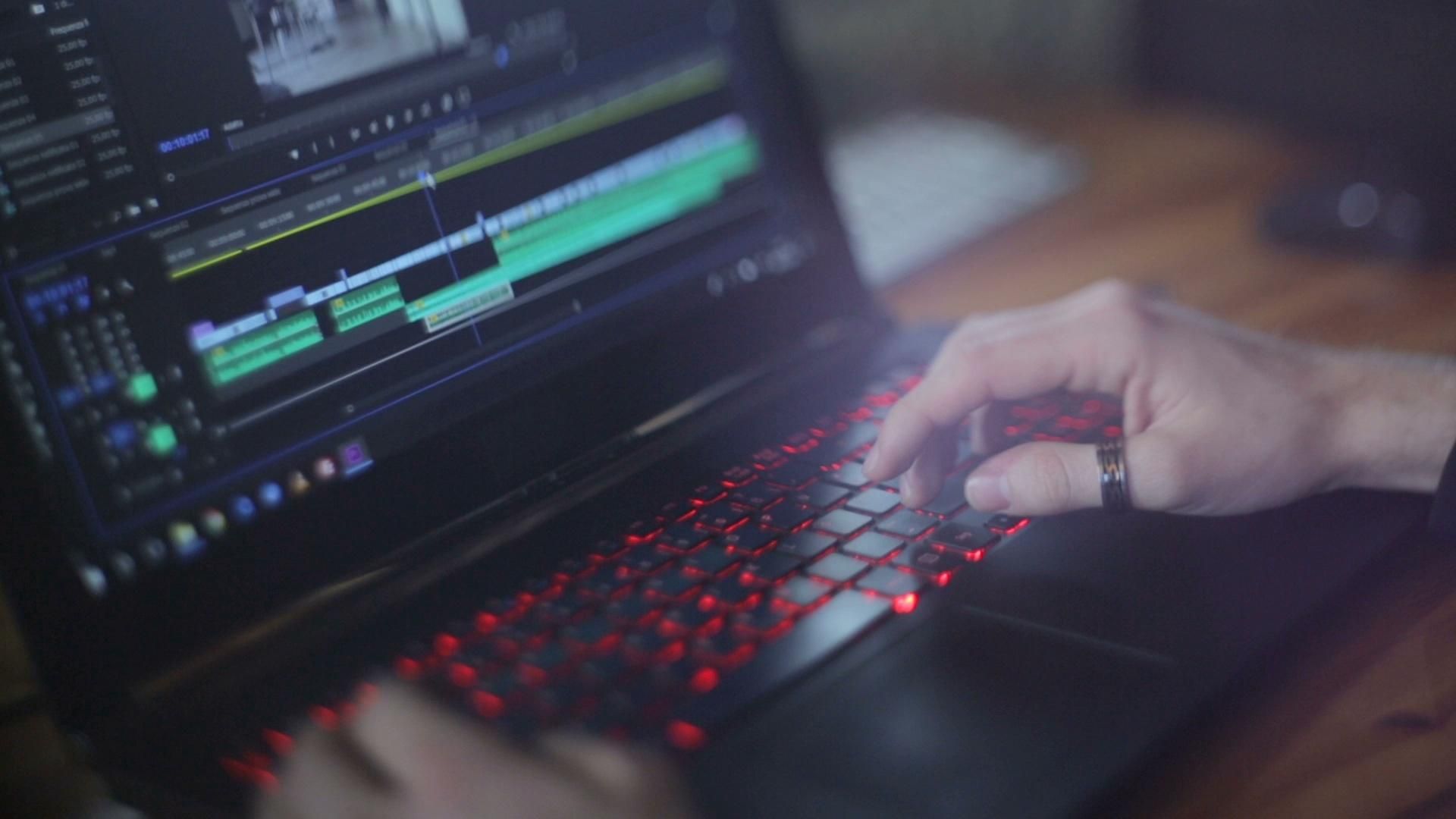Crafting Magic: The Art and Science of Video Editing
Crafting Magic: The Art and Science of Video Editing
Blog Article

In today's digital age, video editing has emerged as a vital skill that blends creativity with technical expertise. Whether it's for personal projects, online content, or professional filmmaking, the ability to weave together images, sounds, and effects can transform ordinary footage into captivating stories. Video editing not only shapes the narrative but also enhances the emotional impact, making it an essential aspect of visual communication.
Online Video Trimmer Large Files
As we dive into the world of video editing, we will explore not only the artistic side of cutting and arranging clips but also the scientific principles that underpin the process. Understanding the tools and techniques available allows editors to push the boundaries of their creativity and bring their visions to life. From software fundamentals to advanced editing methods, the craft of video editing is a fascinating journey of discovery and innovation.
Essential Tools for Video Editing
To embark on your video editing journey, having the right tools is crucial. At the heart of video editing are software options that cater to various skill levels and budget constraints. Popular choices include Adobe Premiere Pro, Final Cut Pro, and DaVinci Resolve. Each of these programs offers a range of features from basic trimming and cutting to advanced color correction and audio editing. Depending on your needs and experience, you can choose software that fits your workflow seamlessly.
In addition to software, hardware also plays a significant role in effective video editing. A powerful computer equipped with a fast processor, ample RAM, and a capable graphics card can dramatically enhance your editing experience. Utilizing a high-resolution monitor can help ensure that colors and details are accurately displayed, making it easier to refine your work. Additionally, external hard drives or cloud storage solutions are essential for storing large video files and projects securely.
Lastly, peripherals such as a quality microphone for voiceovers and speakers for audio monitoring can elevate the final product. A good pair of headphones aids in precise audio editing, while a graphic tablet can facilitate more intricate tasks like rotoscoping or frame-by-frame animation. These tools create a more efficient editing environment, enabling you to focus on crafting compelling narratives through your videos.
Techniques that Transform Footage
One of the most impactful techniques in video editing is color grading. This process enhances the visual tone and mood of a scene by adjusting the colors, contrast, and brightness. Editors use color grading to create a cohesive look throughout the project, bringing a unique style that can evoke specific emotions. For instance, warm tones can add a sense of nostalgia, while cooler shades might convey a more somber or serious atmosphere. Mastering this technique allows editors to significantly elevate the storytelling aspect of their footage.
Another essential technique is the use of transitions. Transitions can seamlessly connect scenes and enhance the narrative flow of a video. They range from simple cuts to more complex effects like fades, wipes, and dissolves. Each transition carries a distinct vibe and can influence how viewers perceive the pacing and tone of the narrative. Thoughtful application of transitions can make a video feel more polished and professional, helping to maintain viewer engagement throughout the watching experience.
Lastly, sound design plays a crucial role in transforming footage. The integration of sound effects, music, and voiceovers creates an immersive experience that complements the visuals. Editors strategically use audio to build tension, evoke emotions, or provide clarity in a story. By synchronizing sound with key visual moments, they enhance the overall impact of the video, making it resonate more deeply with the audience. This holistic approach to editing creates a more engaging and memorable final product.
The Role of Sound and Music
Sound and music are integral components of video editing that significantly enhance the storytelling process. They provide emotional depth and context, allowing viewers to connect more intimately with the visual narrative. The right sound design can transform a simple scene into a powerful moment, elevating the overall impact of the footage. Editors must carefully select and synchronize sound effects, dialogue, and background music to create a cohesive audio landscape that complements the visuals.
Incorporating music strategically can set the tone for the entire video. Whether it is an uplifting score that inspires or a somber melody that evokes reflection, music has the power to influence the audience's emotions profoundly. Editors often work closely with composers and sound designers to craft unique soundscapes that align with the video's message. This collaboration is crucial, as it allows the editing process to harness the full potential of music, ensuring that it enhances rather than distracts from the visual elements.
Moreover, sound editing is equally important as it involves cleaning up audio tracks, removing unwanted noise, and balancing levels to ensure clarity. Techniques such as adding foley sounds can create a more immersive experience, making the audience feel as though they are part of the scene. All these elements combine to showcase how sound and music are not just accessories but vital parts of the video editing process, shaping the viewer's experience and guiding their reactions.
Report this page